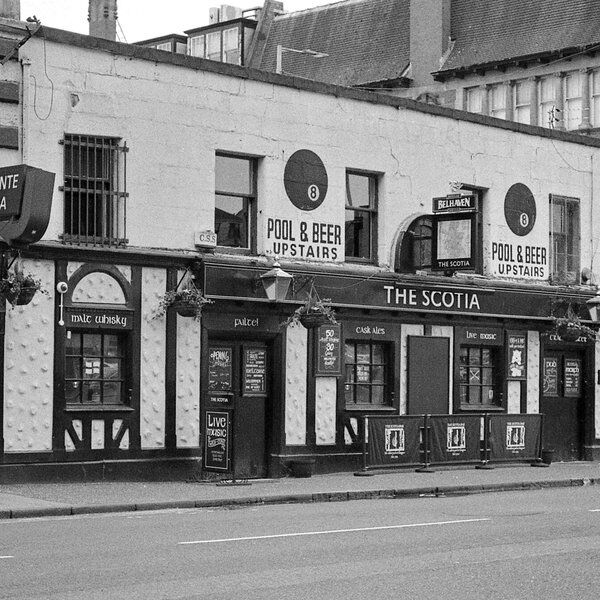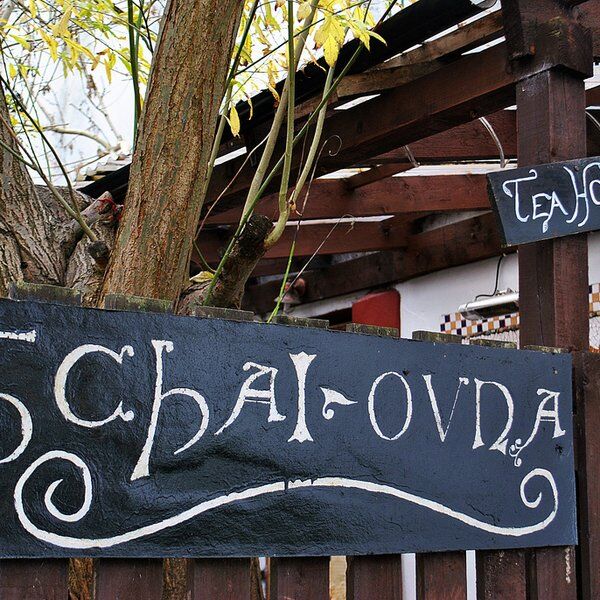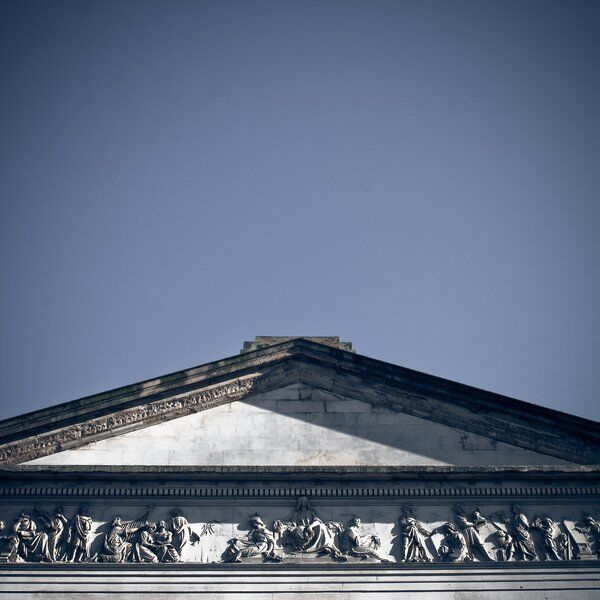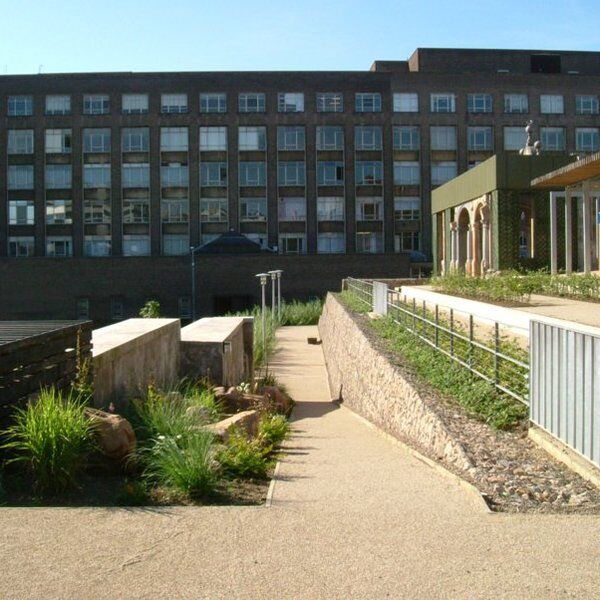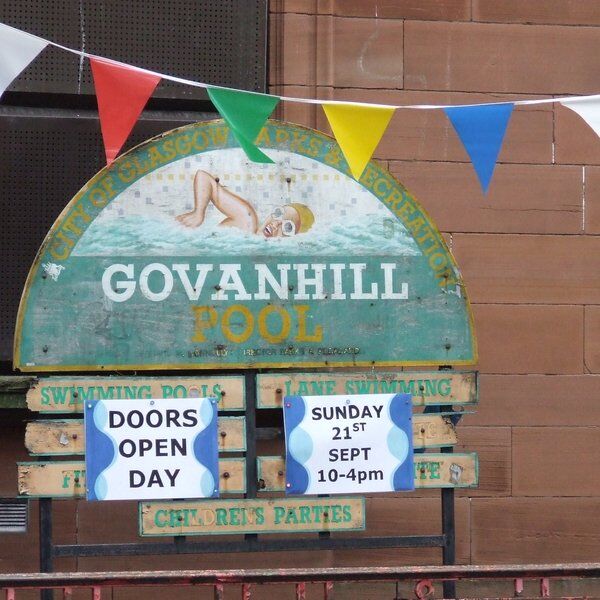Discover Provand’s Lordship: Glasgow’s Oldest House
Provand’s Lordship, the oldest surviving mediaeval house in Glasgow, is a rare example of 15th-century Scottish domestic architecture. Originally constructed as part of St Nicholas’s Hospital, the building’s purpose evolved over time, serving as a residence for cathedral canons and even becoming a sweetshop in the 20th century. Managed by Glasgow Life, a charity dedicated to cultural and leisure services, the house now operates as a museum, which is free to enter and attracts thousands of visitors annually.

The History of Provand’s Lordship
Origins Story
Provand’s Lordship owes its existence to Andrew Muirhead, Bishop of Glasgow from 1455 to 1473, a significant figure in the city’s mediaeval history. In 1471, Muirhead commissioned the house as part of the St. Nicholas’s Hospital complex, which stood south of the building. The hospital served as a refuge for Glasgow’s poor and sick, with Provand’s Lordship likely intended as accommodation for the master of the hospital.
Constructed with thick stone walls designed to withstand Scotland’s damp climate, the house reflected the architectural style of the late mediaeval period. Originally, its pitched roof would have been thatched with reeds or heather, while small, unglazed windows provided light while retaining warmth.
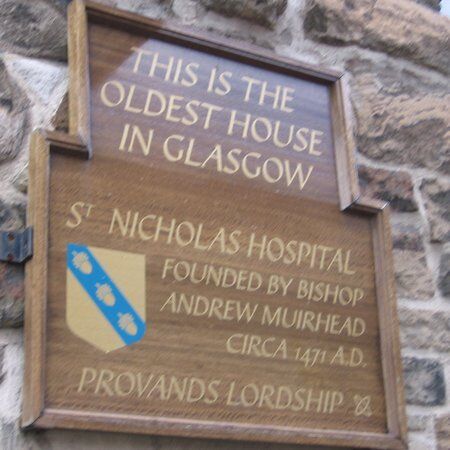
Housing Cathedral Canons
Over time, the house’s role evolved. By the 16th century, Provand’s Lordship became part of the living quarters for the canons of Glasgow Cathedral. These 32 influential clergymen, each representing a specific area of the Diocese of Glasgow, found the house well-suited to their needs.
"An ideal dwelling for learned clergymen during a time of ecclesiastical growth in the city.”
Historical accounts suggest the building provided more than just sleeping quarters—it likely included study areas and communal spaces. The great hall on the first floor, equipped with a large fireplace, would have been a central gathering place for meals and discussions.
Becoming a Sweetshop
The house retained its ecclesiastical connections for centuries, but by the 19th century, its use had shifted. Records indicate it was home to a canon who received income from the Prebend of Barlanark, an ecclesiastical benefice associated with a 5,000-acre estate east of Glasgow. This connection likely gave the house its name, 'Prebend' becoming "Provand’s Lordship."
In 1906, a dramatic change occurred when the Morton family acquired the property. They transformed it into a sweetshop and factory, but unfortunately, during this period, the grand architectural elements were left to decay.
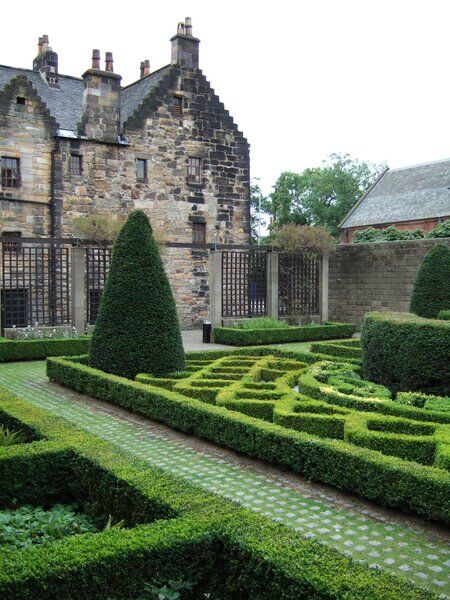
Efforts to Preserve and Restore Provand's Lordship
In the face of the property’s decline, concerned citizens soon rallied to save the building. The Provand’s Lordship Society was formed with the goal of rescuing the house from decay and potential demolition. After leasing the property for £100 annually, the Society raised funds to purchase it outright. Their efforts, bolstered by meticulous research, aimed to restore the house to its appearance circa 1700.
A turning point came in 1927 when Sir William Burrell, a prominent art collector, made a significant donation. His gift included a collection of 17th-century Scottish furniture, such as intricately carved oak chairs and stately four-poster beds, which helped transform the house into a historical showcase.
Restoration Work
Despite these efforts, by the late 1970s, the house required significant repairs. The Provand’s Lordship Society handed over the property to the City of Glasgow, which undertook an extensive restoration project. After five years of work, the house reopened to the public in 1983.
Further structural challenges arose at the turn of the millennium, necessitating additional restoration efforts. Following two years of work to stabilize the building, Provand’s Lordship reopened in 2000, solidifying its place as a museum and a rare window into Glasgow’s mediaeval past.
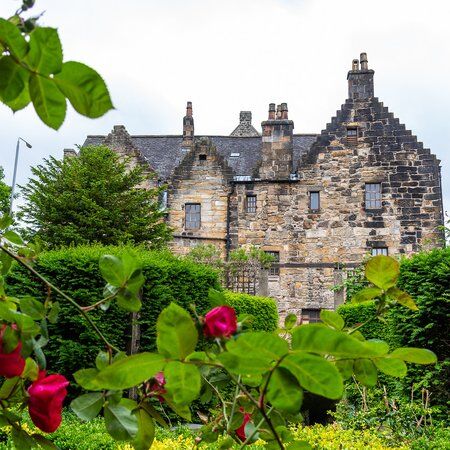
What is There to See at Provand’s Lordship Museum?
Inside, visitors will find three stories of exhibits, each with three interconnected rooms. A spiral staircase links these levels, though historical accounts suggest that external wooden stairs originally provided access.
Here are some other things to see at Provand’s Lordship:
- Historic Furniture and Artefacts: The museum’s collection includes furniture from the 16th to 18th centuries, as well as royal portraits and items from the renowned Burrell Collection.
- Interpretative Displays and Replicas: The museum’s ground floor features an interpretative display showcasing mediaeval Glasgow, while the first floor houses a recreated early 16th-century chaplain’s living quarters.
- The Great Hall: A grand room on the first floor, complete with an imposing fireplace and 17th-century furnishings, evokes the era’s atmosphere and serves as a centerpiece of the house.
- Reconstructed Rooms: Each room illustrates aspects of medieval life, from cooking and dining to sleeping arrangements, featuring items like luxurious four-poster beds and simpler servant bedding.
- St Nicholas Garden: The museum’s tranquil herb garden features a Physic Garden with plants used in medieval medicine, a Knot Garden inspired by Celtic designs, and the Tontine Faces—grotesque stone heads with a fascinating history.
- Architecture: The house’s medieval exterior includes crow-stepped gables, rubble-built walls, and a 15th-century sundial. A later western extension adds layers of history to the structure.
- Preservation Efforts: The installation of false floors to protect the original oak beams, have slightly altered the dimensions of the rooms, yet they ensure the building’s structural integrity.

Visiting Provand’s Lordship
Provand’s Lordship is centrally located on Castle Street, directly opposite the St Mungo Museum of Religious Life and Art and Glasgow Cathedral.
The museum is open daily, with varying hours:
- Monday-Saturday: 10:00 am – 5:00 pm
- Sunday: 11:00 am – 5:00 pm
Admission:
Admission is £6 for adults, £3 for children, with additional fees for guided tours led by knowledgeable docents.
Accessibility:
Pay-and-display parking is available nearby, along with free disabled parking spaces. The garden is wheelchair accessible, though the house’s interior may present challenges due to its historic layout.
Getting There:
- By Train: High Street station is a short walk away.
- By Bus: First Bus services 19, 19A, 38, 57, and 57A stop nearby.
- On Foot: The site is easily reached from Buchanan Street and Argyle Street.

Explore Beyond Provand’s Lordship with CityDays
Once you’ve explored the medieval wonders of Provand’s Lordship, why not continue your adventure with CityDays?
CityDays have a brand new treasure and scavenger hunt in Glasgow which combines the fun of an escape room with the historic facts and whimsical trivia of a walking tour!
Take the stress out of planning your visit to Glasgow and book your adventure today!
Not visiting Glasgow this time? Don’t worry, you’ll find us all over the world.







